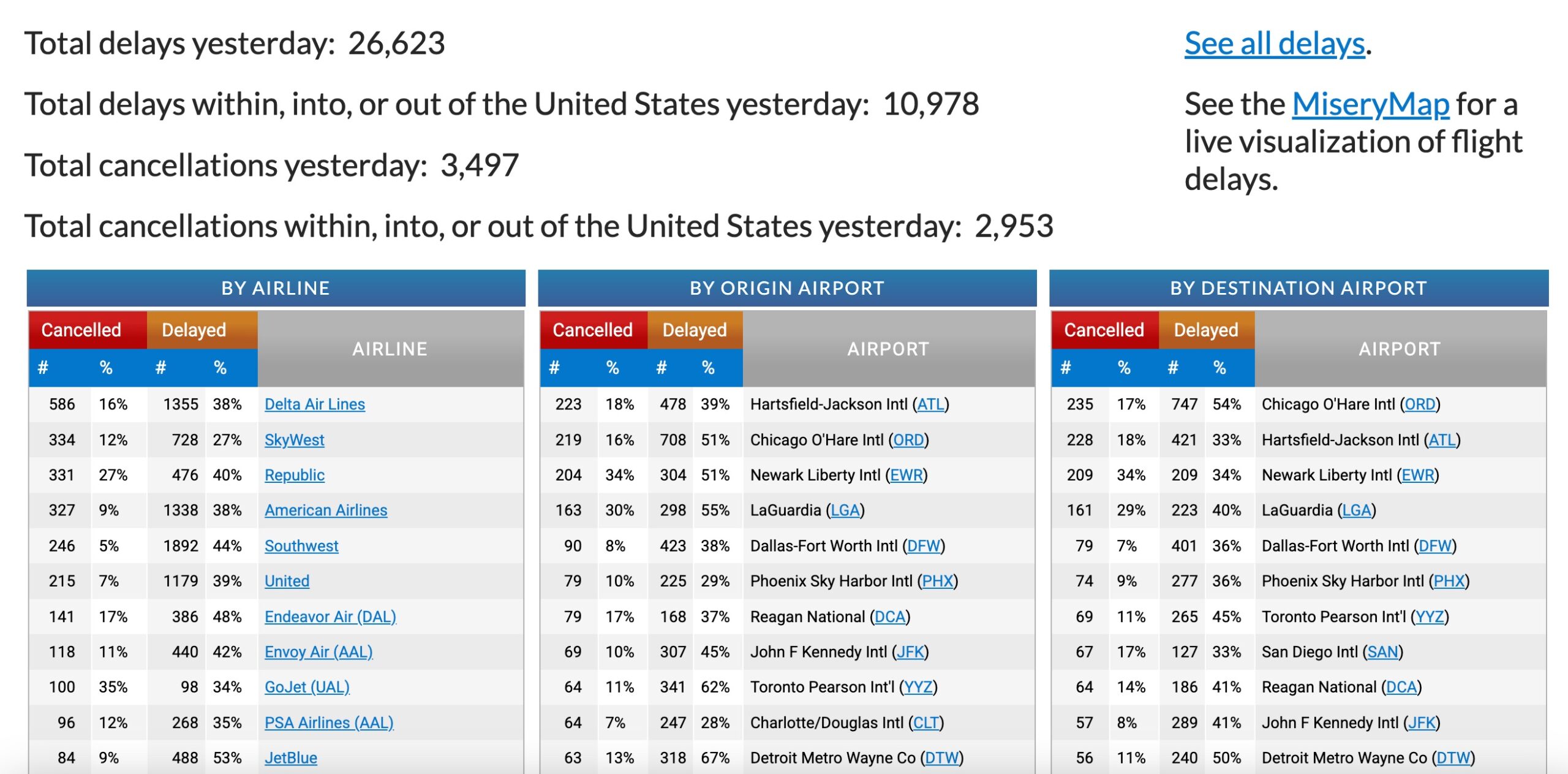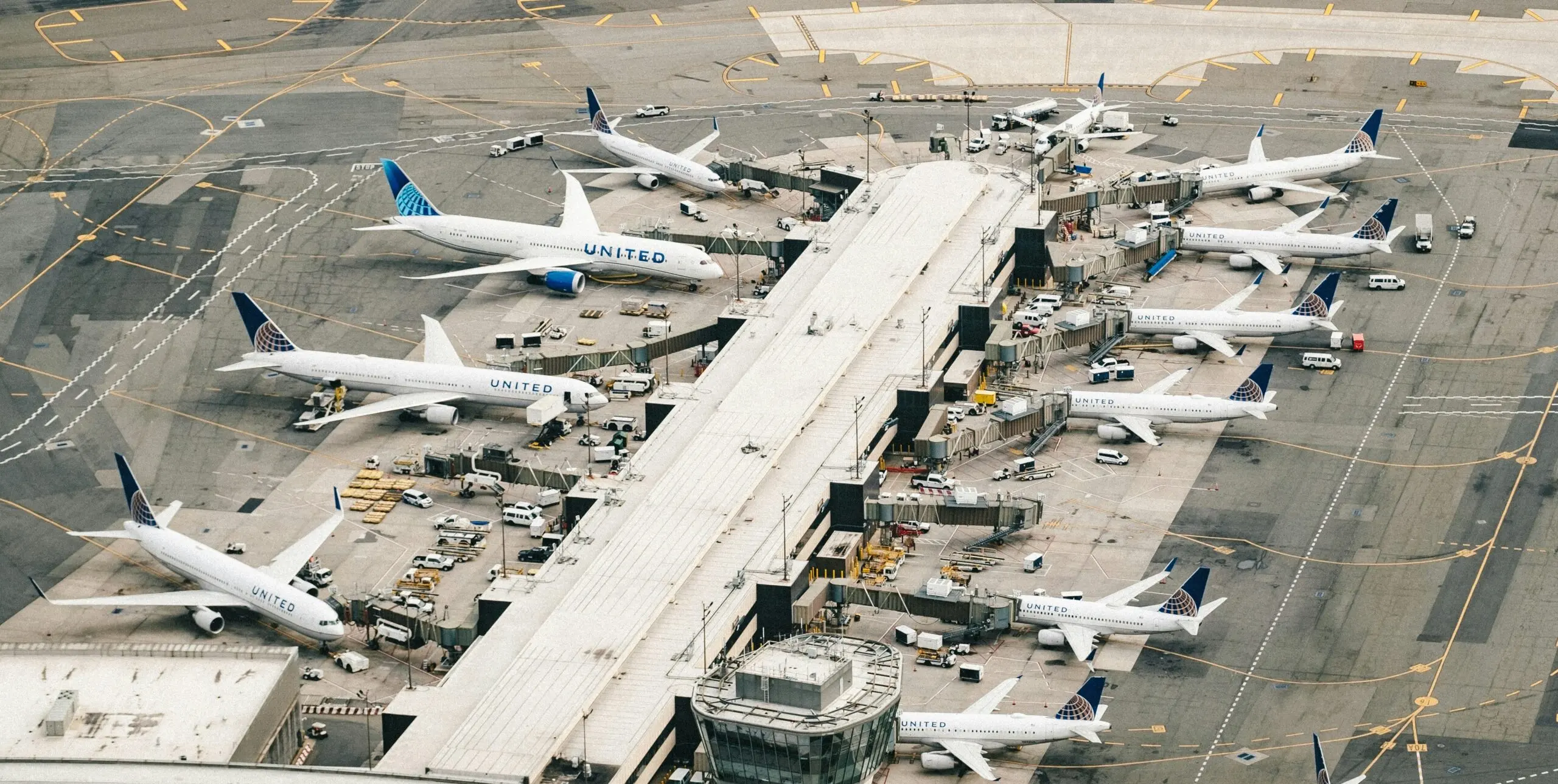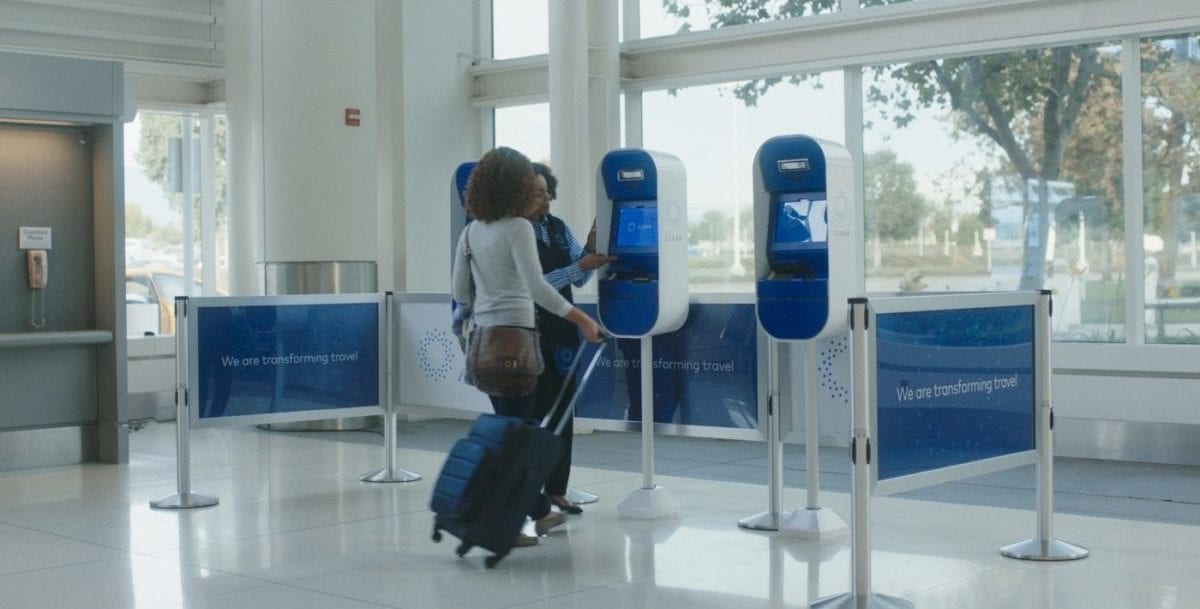Editor's note: This story will be regularly updated as the federal government shutdown and its impact on travel unfolds. It was last updated Nov. 10 at 8 a.m. CST.
After a record-setting 40 days, Congress is moving to end the shutdown of the federal government. But that doesn't mean that the delays and cancellations plaguing millions of travelers will subside anytime soon.
The U.S. Senate voted late Sunday on a funding package to reopen the federal government, punting Democrats' insistence on a vote to extend healthcare subsidies to sometime next month. The U.S. House was expected to vote on the package sometime later this week.
It comes after one of the worst days in air travel in years, with nearly 3,000 flights canceled and another 10,000-plus delayed on Sunday, according to data from FlightAware. But it will take at least a several days to get air traffic controllers paychecks and back at full strength at facilities across the country. Meanwhile, U.S. airlines are clearly struggling to cope with federally mandated flight reductions and airspace limitations, raising the possibility that disruptions will get worse before they get better.
Here's a quick glance at what to watch for in the days ahead.
Read more: Flying Soon? What to Do to Prepare for Thousands of Cancellations
A Brutal Sunday Could Stretch On
For U.S. airlines and their customers, a looming resolution to the shutdown couldn't have come soon enough.
Sunday was worst day for travelers since the shutdown began, with over 10,000 flights delayed and nearly 3,000 canceled altogether. In fact, it was one of the worst days in air travel since the summer 2024 CrowdStrike outage, which halted virtually all flights in the U.S. for almost an entire day.

U.S. airlines cheered the prospect of a deal, but a deal in Congress to reopen the government won't be a silver bullet for travelers' woes.
Federally mandated flight reductions remain in place… and those will increase from 4% to 6% on Tuesday, eventually scaling up to 10% by the end of the week unless reversed by the Federal Aviation Administration (FAA). Meanwhile, critical air traffic control facilities nationwide continue struggling with staffing, leading to more and more delays across the country – so much so that paychecks resuming may not be enough to get national airspace moving at pre-shutdown levels.
More than 1,600 flights had already been canceled as of early Monday morning – with another 2,000-plus and counting delayed. And clearly, some carriers were struggling more than others.
Delta Flirts with Full-Blown Meltdown
No U.S. carrier struggled more heading into the new week than Delta Air Lines.
More than 54% of the Atlanta-based airline's flights were either canceled or delayed on Sunday, according to FlightAware data – significantly worse than any other major airline. Fold in the carrier's regional flights operated by airlines, and the toll on Delta flyers was even worse.
It started Saturday, when the one-two punch of bad weather and understaffed air traffic control led to delays departing its Atlanta (ATL) hub of five hours or more, on average. With planes and crew out of place, that spilled into Sunday.
Airlines' hub-and-spoke networks mean that one cancellation often has a ripple effect, leaving planes and crews out of place and causing several more downstream delays and cancellations. Plus, years of meltdowns and mass disruptions have shown that airlines' IT systems may strain, even buckle under the weight of processing all these changes on the fly.
To start off Monday, Delta had already canceled more than 260 flights and counting.
Duffy Sounds the Alarm
While a deal in Congress could prevent massive disruptions over the busy Thanksgiving travel week, the airline industry's top regulator warned that the lengthy shutdown will have longer ramifications.
Speaking to CNN on Sunday, Department of Transportation Secretary Sean Duffy noted that 15 to 20 controllers have been exiting the workforce daily due to retirement or career changes since the shutdown began – up from just four or so beforehand.
“This is going to live on in air travel well beyond the time frame that this government opens back up,” he said.
Little Recourse for Travelers
Thousands of flights have already been canceled within the last week alone, with tens of thousands more delayed as the understaffed national aviation system struggles to keep planes moving.
Just don't expect airlines to help you out if you're caught in the mess.
Disruptions caused by air traffic control are typically deemed “uncontrollable.” Unlike controllable delays or cancellations caused by maintenance or airline crew issues, carriers aren't obligated to provide meal or hotel vouchers to passengers stuck for hours, even overnight.
Travelers in the U.S. have shockingly few rights when things go wrong in air travel, but there's one ironclad rule: If an airline cancels or significantly delays your flight, you can scrap the reservation for a full refund – not just an airline credit that may expire in a few months, but your money back.
And it doesn't matter whether your flight was disrupted due to air traffic control shortages, bad weather, or an airline issue. If the flight gets canceled, you can get a refund and start over.
Flight not canceled, but continually getting pushed back? The cutoff to trigger a refund is a delay of more than three hours for a domestic flight, or six hours for an international flight.
Read more: Airlines Must Now Give Automatic Refunds for Flight Delays, Cancellations






We federal workers cannot continue to work unpaid ad infinitum; even retroactive pay becomes meaningless once emergency funds run dry. SNL skit aside, NASA has been closed for over a month now with the Artemis 2 mission and many other parallel operations in the queue; we’re not doing demo work on the East Wing of the White House, but we’re still coming in to work everyday as “essential employees”. It’s even worse for NOAA, Space Force, TSA, FAA, and countless others.
The general public will have to feel the burn as we approach 40 days in to force the hand of a recalcitrant Congress.